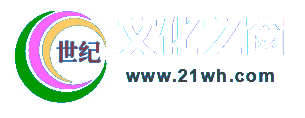一、过去将来时的常见结构及其用法
1.would+动词原形
(1)表示从过去某时看来将要发生的动作或存在的状态。常用于宾语从句中。
He said that he would wait for us at the bus stop.
他说他要在车站等我们。
She hoped that they would meet again someday.
她希望将来有一天他们能再见面。
(2)表示过去的某种习惯性行为,只用would。
Whenever we had trouble,he would come to help us.
每当我们遇到困难时,他总会来帮助我们。
2.“was/were going to+动词原形”表示准备、计划做某事,或将要发生某事。
She was not going to do anything that evening.那天晚上她不准备做任何事。
When they arrived the plane was just going to take off.
飞机正要起飞时他们到了。
3.“was/were about to+动词原形”表示“正要、即将”,说话的瞬间就会发生的动作。常用于句型“be about to do...when...”,表示“正要做……这时……”。
We were about to set out on a trip when it suddenly began to rain heavily.
我们正要出发去旅行,这时突然下起了大雨。
4.“was/were to+动词原形”表示曾计划做某事,但不表明计划是否被执行;或表示命中注定要发生的事。
I felt nervous because I was soon to leave home for the first time.
我感到紧张,因为我很快就要第一次离开家了。
二、特殊用法
1.go,come,leave,arrive,take off等少数动词可用过去进行时表示过去将要发生的情况。
A lot of people were coming to watch the fireworks.
有许多人要来观看烟火。
Mr Green was leaving for Hawaii a few hours later.
格林先生几个小时后就要去夏威夷。
2.条件状语从句和时间状语从句中须用一般过去时表示过去将来时。
I didn’t know when she would come,but when she came I would let you know.
我不知道她什么时候来,但她来了我会告诉你。
(注意:第一个when引导宾语从句,可使用过去将来时;第二个when引导时间状语从句,只能用一般过去时代替过去将来时)



